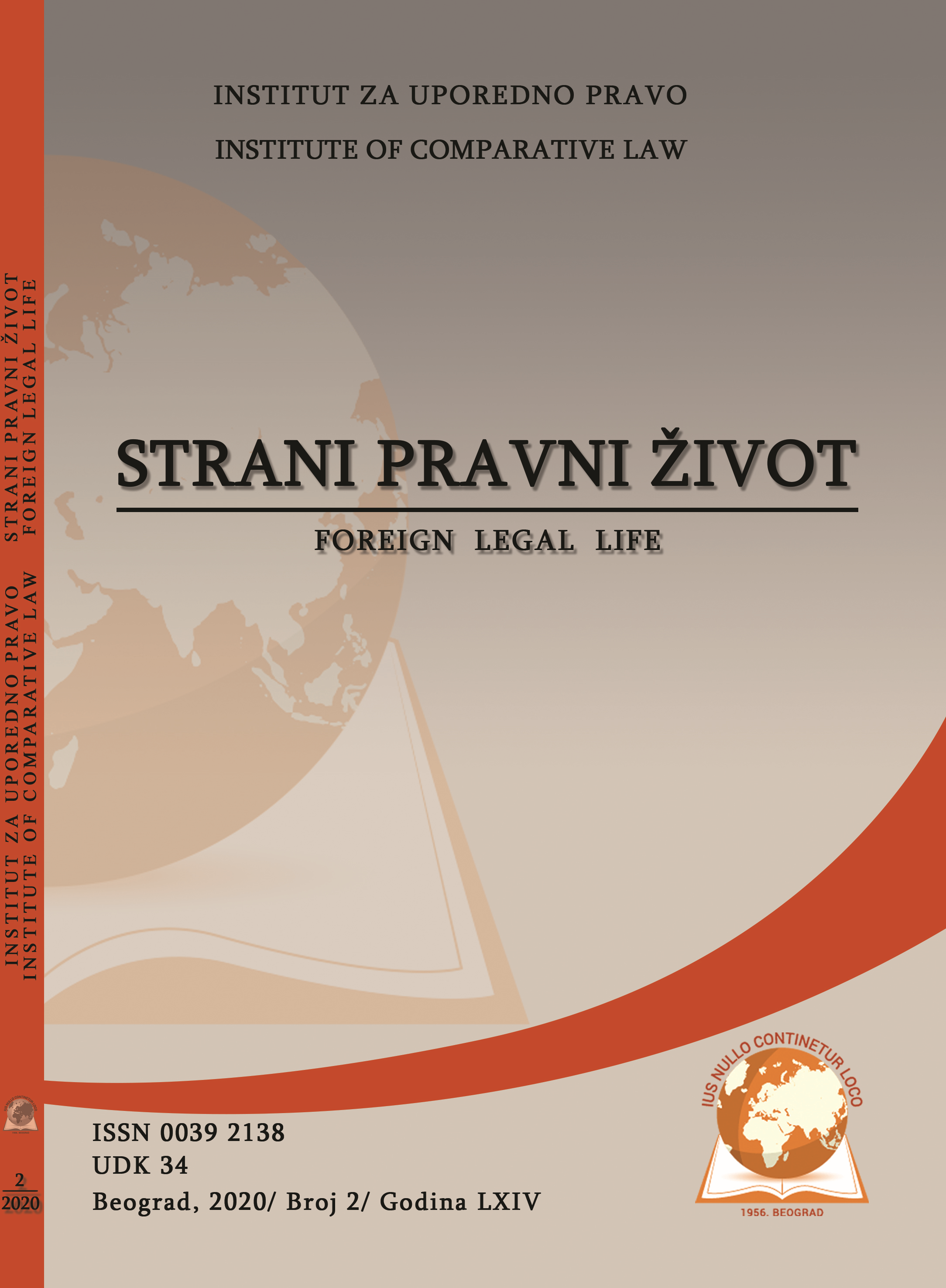ARTICLE 8 OF THE CONVENTION FOR THE PROTECTION OF HUMAN RIGHTS AND FUNDAMENTAL FREEDOMS AND THE RIGHT TO PRIVACY IN THE CONSTITUTION OF MONTENEGRO
ARTICLE 8 OF THE CONVENTION FOR THE PROTECTION OF HUMAN RIGHTS AND FUNDAMENTAL FREEDOMS AND THE RIGHT TO PRIVACY IN THE CONSTITUTION OF MONTENEGRO
Author(s): Ivan VukčevićSubject(s): Constitutional Law, Human Rights and Humanitarian Law
Published by: Institut za uporedno pravo
Keywords: right to respect for private life; the Convention for the Protection of Human Rights and Fundamental Freedoms; the Constitution of Montenegro; court practice;
Summary/Abstract: The subject of this paper is a comparative analysis of the right to respect for private and family life in the European Convention for the Protection of Human Rights and Fundamental Freedoms and the right to privacy in the Constitution of Montenegro. To this end, the paper presents relevant provisions in these documents along with a critical approach to their (in) compliance, both in the determination of specific rights and in cases of their restriction. The paper seeks to offer an answer to the question on whether this right is adequately implemented in the Constitution of Montenegro, as well as whether its different content, analyzed on the concrete example, requires direct application of international law. The author also seeks to provide information on whether insufficient harmonization of the provisions of international and national law in this area may affect more complete protection of this right. To this end, the paper analyzes one of the cases in which the European Court of Human Rights ruled on the violation of Article 8 of the European Convention for the Protection of Human Rights and Fundamental Freedoms in relation to Montenegro. Starting from the presented subject matter, at the end of the paper, appropriate conclusions are drawn about possible directions of improvement of existing solutions and practices in which they are realized. Author primarily used normative and comparative law method together with the case-law analysis.
Journal: Strani pravni život
- Issue Year: 64/2020
- Issue No: 4
- Page Range: 101-114
- Page Count: 14
- Language: English

